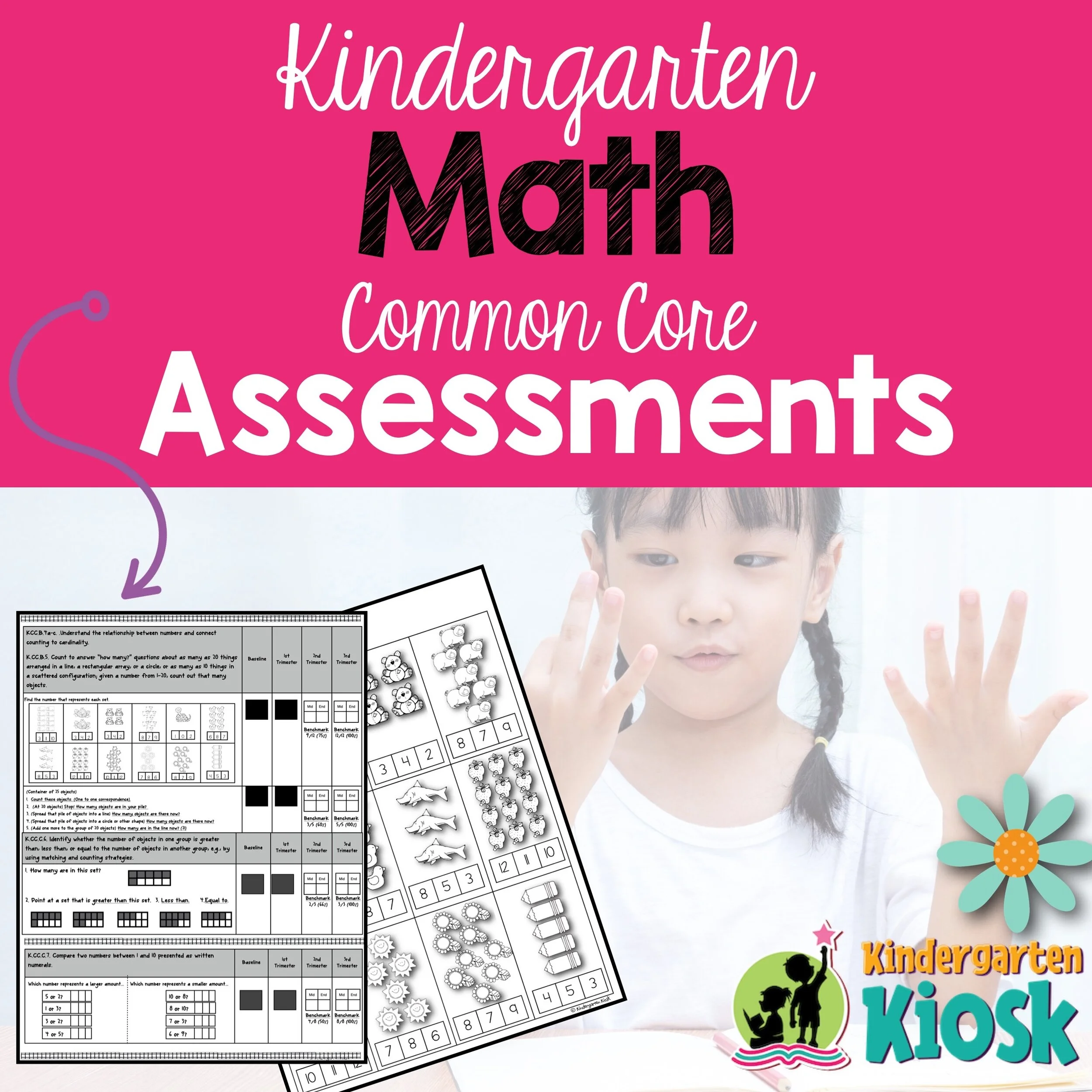How Assessment Guides Instruction
Knowing how to teach is an art. Knowing what to teach is a science. Before 1998, teachers were involved in something known as the "Reading Wars", debating the value of whole language instruction versus phonics instruction. Then came the release of the National Research Council’s report, “Preventing Reading Difficulties” (1998), which changed forever the delivery of reading instruction. It was now clear there was a prescriptive path towards literacy that became known as strategic Balanced Literacy.
Likewise, math instruction has evolved from filling out worksheets and following set algorithms to a subject of creativity and rigor. Every day, research into the brain, into classrooms, into childhood as a whole, gives us better insight into the science that is teaching and the best practices that are required for academic development.
However, it hardly matters how well we understand the pathway that we are walking, if we don't have a sense of where each child we are teaching, as a unique individual, is on that path. Strategic assessments are the tool that help us learn about children as the amazing, wonderful, and special developing people they are. Through assessment we can learn their strengths and weaknesses. By monitoring individuals, our teaching becomes continually purposeful, targeted, and empowering.
Three types of assessments are especially informative in the teaching of young children: Formal assessments, informal observation, and portfolio assessments.
Formal Assessments
Formal assessments include written documentation of skills. It is important to use assessments that are reliable, follow the reading continuum, and are based upon important standards and research. Another important component, is to use an assessment that compares apples to apples; an assessment that measures accurate growth in skills from the beginning to the end of the year. This assessment should be a mix of oral and written assessments that are easy to administer, score, and easily provide important data that will allow the teacher to strategically target student learning.
Observations
Observation is an important way to determine how a child implements learning into daily life. Observing and documenting a child’s actions in different settings provides important information on the learner’s ability to put learning into action. Watching a child’s behavior as he/she reads or completes a math problem quickly shows the observer how a the learner is using important strategies. Observations can be completed using a clipboard, with simple notes, a checklist, or can be taken digitally.
Portfolio
A portfolio is an authentic sampling of information relating to a child’s developmental progress in a school or homeschool setting. Portfolios contain work samples that are representative of where a child is at a particular time, and shows progression of development throughout time. A teacher uses that information to scaffold the learner to greater heights. For example, when looking closely at a student’s writing sample, one can easily determine the child's understanding of phonics rules. Instruction can then be determined to move the learner to deeper understanding.
Get started on your own Portfolio keepsakes! Enter code: portfoliofun at checkout to get 20% off our guide to making a great Portfolio/Memory Book!
Esgi
Thanks to ESGI, the Amazing Online Assessment Essential, orally assessing each of my kindergartners to prepare for our end of trimester report cards have been a snap! Usually I use this assessment on my iPad, and call students over to my teacher table, but because I have had a student teacher, each have been able to come up to teachers computer, quite an exciting event for a 5 year old!















